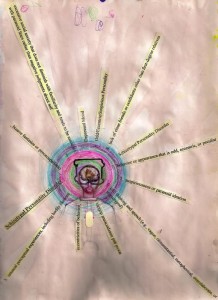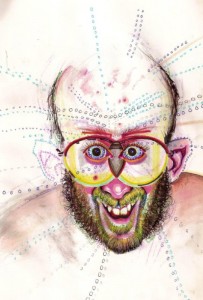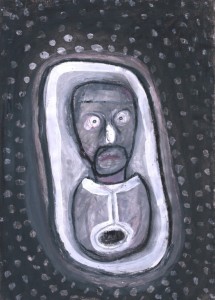BBC news published an article in June 2013 discussing “the rise of the selfie” and “the selfie age”, a phenomenon – while only recently globalised thanks to social media – credited to Robert Cornelius as long ago as 1839. Today chances are, if you haven’t taken a selfie you’ve seen your BFF do it, your sister do it and unless you reside in Unit 1 under a rock, in Out of the Loop Province you’ve seen one taken by a complete stranger.
So what has caused this increase in the supply (and importantly demand) of the Selfie?
Selfies can be taking and published by or on behalf of anybody from a toddler on his parent’s iPad to a singer/superstar on their smartphone. It’s a worldwide craze that has brought interest from everyday consumers, producers trying to promote modern features and even behavioural experts such as Dr Pamela Rutledge of Media Psychology Research Centre. Dr Rutledge points that it allows us to create and indulge in an alternative albeit it tangible character and “imagine how we would feel as that part of ourselves”.
Looking further into motives for selfie-taking, you can find what people hope to achieve by publishing their photos online and through social media. By being able to decide which photos you do or don’t publish you are able to screen or filter how the online world sees you. Somebody may publish a flattering photo that will bring compliments, equally they may publish a particularly Unflattering photo in hope that it will create a comedic or relaxed character. Therefore a persons interest in publishing a selfie lies not in “how we would feel as that part of ourselves” but rather in figuring out how people respond to that part of ourselves. A concept greater than this form, understanding audience response and reception of produced material
Comparatively consumers (or viewers) of selfies love to see their friends engaging in an active and experimental lifestyle. Photographs are a much more engaging and inclusive medium as opposed to text, hence the idiom “a picture paints a thousand words.” This allows viewers to instantly take in and understand the scenario, becoming more involved and interactive in the consuming process. As 22 year-old instagrammer Emily Cook proposed “Instead of saying you’re going to work, a photo of you in your uniform does that”. A selfie that shows how good you look in your wonderful new dress can show the viewer much more: where you wore, who you wore it with and if you find the ultimately angle, your lovely heels that match.
Important to my future as a media student and practitioner is this increasing trend to portray information of place, time, character and more through image. It is an effective medium for communication and something that I wish to gain a proficiency in – to not only be able to document my own life through a selfie but to establish an entire scenario, real or fake, and introduce the audience to this world. It brings to mind the old cliche “a picture paints a thousand words”, however I prefer the less metaphorical phrase for simple purposes “never use a large word, when a small one will do” (George Orwell).
To finish, selfies are enjoyed by the producer and the consumer so here are a few tips to get the best out of your selfie experience:


